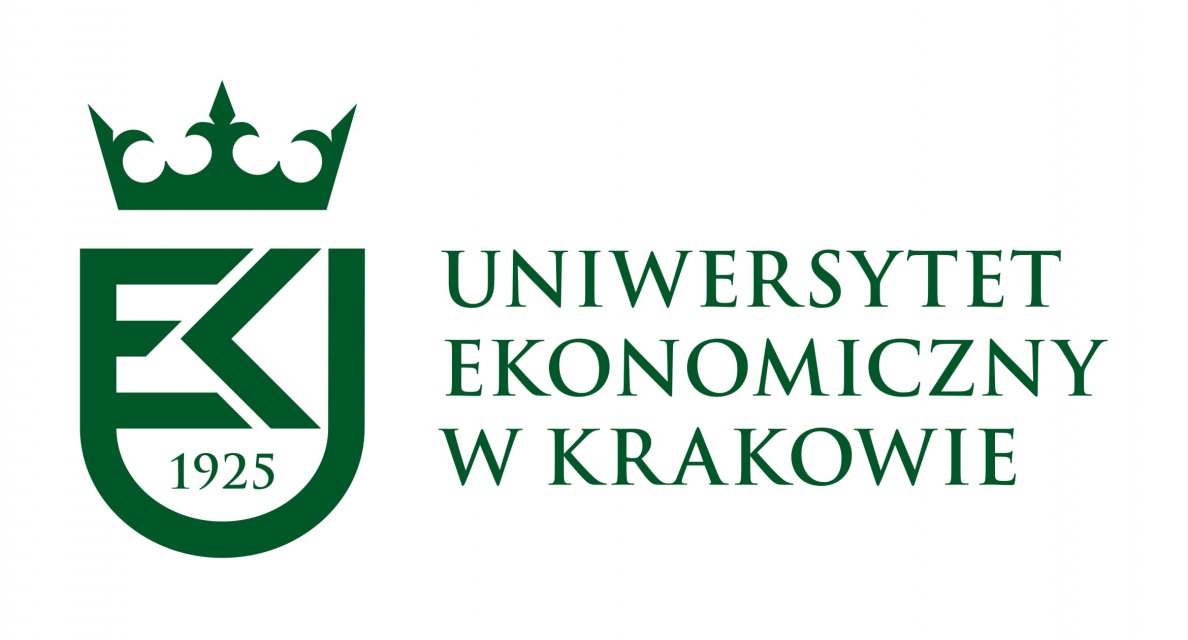Test Yourself! 
Description:
Work-life balance (WLB) is a topic that is increasingly being explored and is of interest to both the organization and the individuals. Individuals benefits are better health and quality of life, what influences organizational productivity and performance. This unit, entitled Work-Life Balance Disorders looks at explanations of WLB and distinguishes between different types of WLB disorders. It also discusses and explains the benefits of WLB for both individual and organisation and identifies ways to improve WLB and reduce WLB disorders.
Keywords
Work-life balance, Burnout, Personal health, Strategic choices
Bibliography
• Adkins, C. and Premeaux, S. (2012), “Spending time: the impact of hours worked on work‐family conflict”, Journal of Vocational Behavior, Vol. 80 No. 2, pp. 380‐389.
• Carlson, D., Grzywacz, J., Ferguson, M., Hunter, E., Clinch, C. and Arcury, T. (2011), “Health and turnover of working mothers after childbirth via the work‐family interface: an analysis across time”,Journal of Applied Psychology, Vol. 96 No. 5, pp. 1045‐1054.
• Chen, Z. and Powell, G. (2012), “No pain, no gain? A Resource‐based model of work‐to‐family enrichment and conflict”, Journal of Vocational Behavior, Vol. 81 No. 1, pp. 89‐98.
• Clark, S. (2000), “Work/family border theory: a new theory of work/life balance”, Human Relations, Vol. 53 No. 6, pp. 747‐770.
• Goetzel, R. and Ozminkowski, R. (2008), “The health and cost benefits of work site health‐ promotion programs”, Annual Review of Public Health, Vol. 29, pp. 303‐323.
• Greenhaus, J. and Powell, G. (2006), “When work and family are allies: a theory of work family enrichment”, Academy of Management Review, Vol. 31 No. 1, pp. 72‐92.
• Kalliath, T. and Brough, P. ( 2008), “Work‐Life balance: a review of the meaning of the balance construct”, Journal of Management & Organization, Vol. 14 No. 3, pp. 323‐327.
• Mescher, S., Benschop, Y. and Doorewaard, H. (2010), “Representations of work‐life balance support”, Human Relations, Vol. 63 No. 1, pp. 21‐39.
• Meyer, J. and Maltin, E. (2010), “Employee commitment and well‐being: a critical review, theoretical framework and research agenda”, Journal of Vocational Behaviour, Vol. 77 No. 2, pp. 323‐337.
• Peeters, M. C., Montgomery, A. J., Bakker, A. B., & Schaufeli, W. B. (2005). Balancing work and home: How job and home demands are related to burnout. International Journal of Stress Management, 12(1), 43.
• Premeaux, S., Adkins, C. and Mossholder, K. (2007), “Balancing work and family: a field study of multi‐dimensional, multi‐role work‐family conflict”, Journal of Organizational Behavior, Vol. 28 No. 6, pp. 705‐727.
• Putri, A., & Amran, A. (2021). Employees Work-Life Balance Reviewed From Work From Home Aspect During COVID-19 Pandemic. International Journal of Management Science and Information Technology, 1(1), 30-34.
• Zheng,C, Molineux,J, Mirshekary,S and Scarparo,S 2015, Developing individual and organisational work-life balance strategies to improve employee health and wellbeing, Employee Relations, vol. Vol. 37, no. Iss 3, pp. 354-379

 Play Audio
Play Audio 














